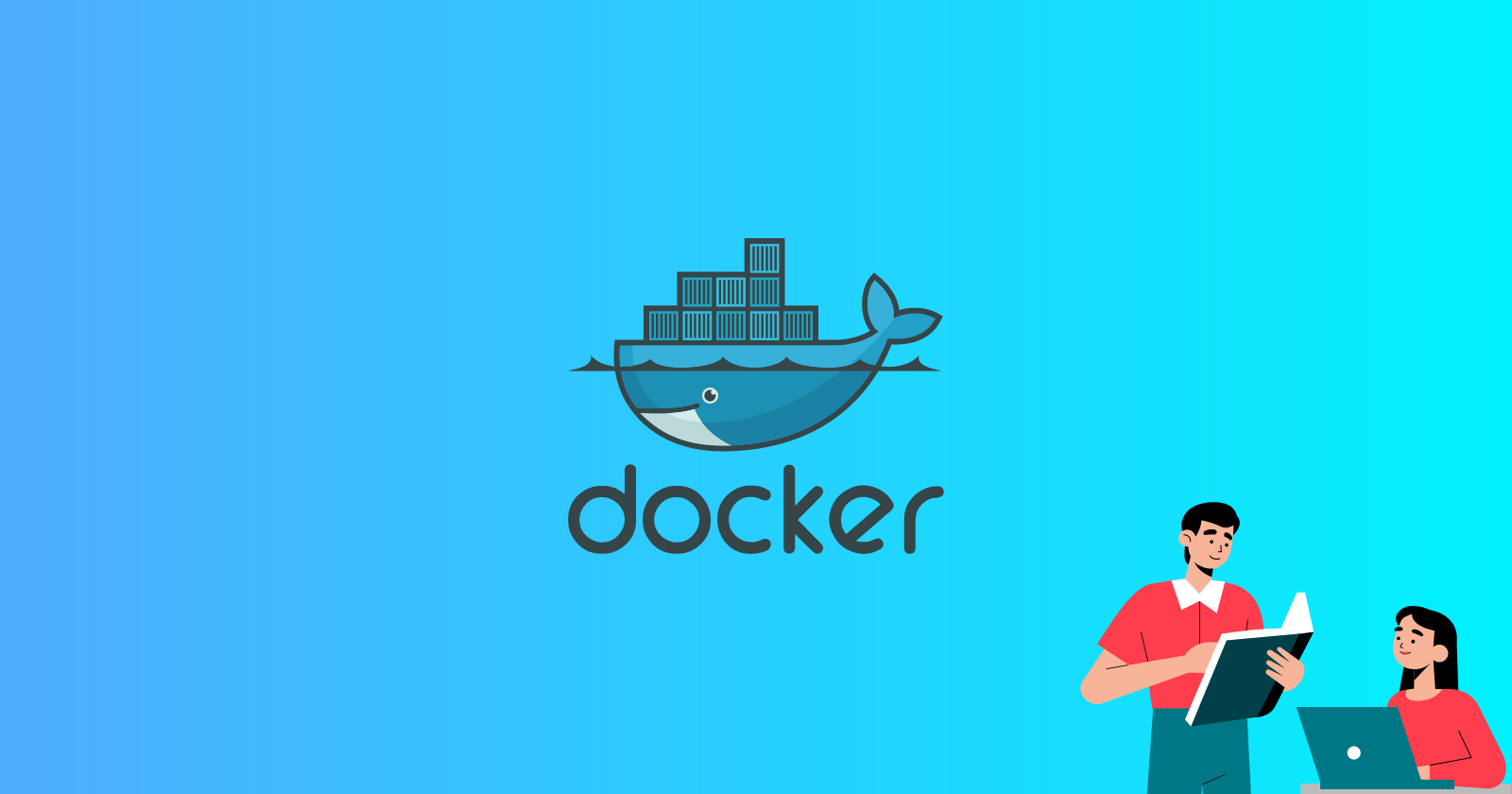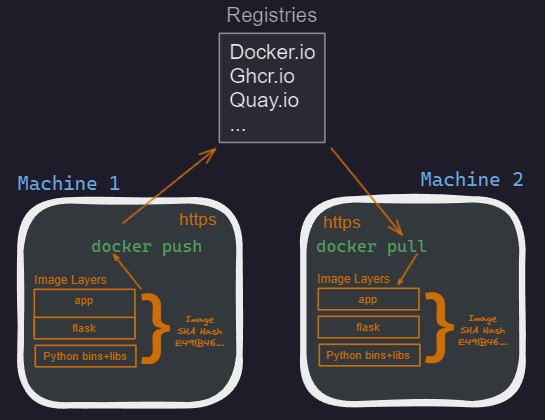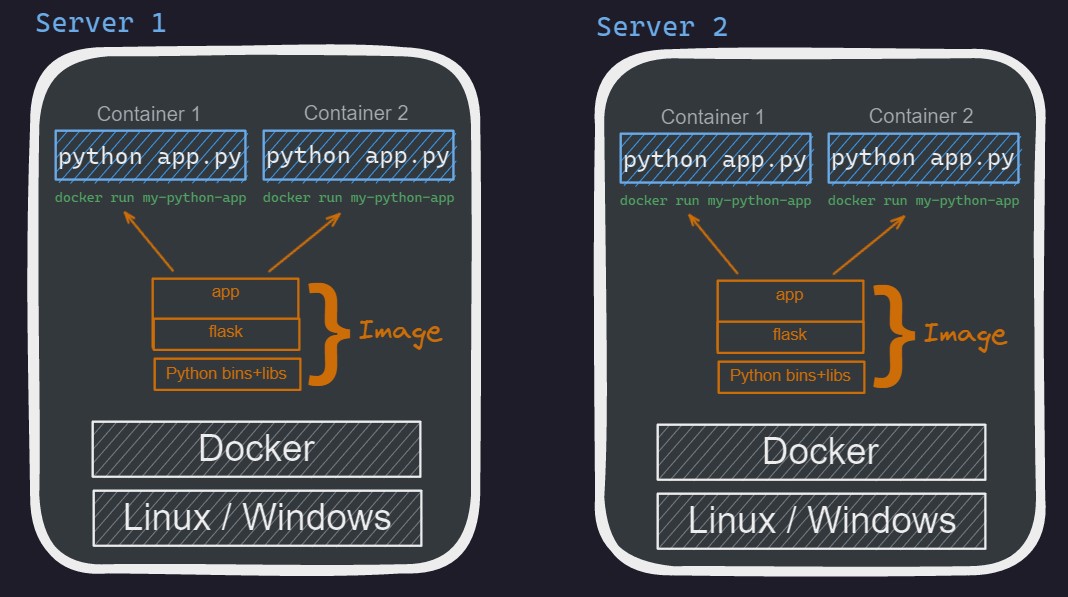Docker and The Three Innovations
 Debankar Dutta Chowdhury
Debankar Dutta Chowdhury
What is Docker in 2023?
Docker is a widely used technology in software development and deployment in 2023. With this tool, programmers can make "containers" for their applications. These containers resemble compact, self-contained packages that contain all the code, libraries, and dependencies necessary for an application to function.
Developers can build these containers using Docker on their personal computers, test them, and then quickly deploy them to additional servers or cloud infrastructures. As everything required to run the programme is present in the container, Docker makes it simple to migrate apps from one environment to another.
Overall, Docker makes software development and deployment more streamlined and efficient, which can save developers and organisations time and effort.
Before Docker...
Docker was created to address a few issues that software engineers and developers encountered during the programme development and deployment process.
Before Docker, it was difficult for developers to create programmes that could run in a variety of environments and operating systems. The dependencies and configurations of each operating system and environment made it challenging to guarantee that the programme will function consistently on all of them.
Moreover, manual server configuration and dependency installation was a time-consuming and error-prone operation in old methods of programme deployment. This made it challenging to scale apps effectively and quickly.
The Three Innovations
The way applications are created, deployed, and managed has been completely transformed by Docker. Three essential innovations—the Docker image, Docker registry, and Docker container—are at the heart of Docker's success, also called Build-Ship-Run. The ability for developers to package their applications and dependencies into a single, portable unit that can be easily shared and deployed across various environments has been made possible thanks to each of these innovations, which has played a crucial part in the widespread adoption of containerization technology. We'll delve deeper into each of these developments in this blog and emphasise how crucial they are to contemporary software development.
The Docker Image: A Universal App Packaging Solution
The Docker Image, a universal application packaging solution that is cross-platform, cross-OS, and application language agnostic, is the foundational component of Docker.
Applications can run on any system or device using Docker Image as long as it supports Linux or Windows. The simplicity of Docker Image, which is just a collection of instructions written in a Dockerfile that produces a container image, is part of its charm. This container image may then be installed on any Docker host, giving the application a consistent runtime environment.

Let's take a closer look at each statement in the instructions above (in blue):
A
FROMstatement has to be the first line of every Dockerfile.We can build our image using someone else's as a model.
Several
FROMstatements can be used to generate various images.Beginning with the
FROMstatement and running theRUNcommands sequentially, Docker creates images in layers.Files, directories, file permissions, and occasionally metadata are contained on each layer.
When we create an image, Docker downloads the desired image from DockerHub or another place and only contains the components required to run Python; host drivers and the Linux kernel are not included.
Installing Python dependencies like Flask, which adds a new layer on top of the previous one, may be done with the
PIPcommand.For each layer, Docker generates a little container, runs the instructions inside of it, and then saves it independently on the Linux host.
The
WORKDIRstatement merely modifies the file system's current location.To copy our source code into its layer, we use the
COPYcommand.By utilising the
docker buildcommand, we may produce an image.
The Docker Registry: A Universal App Distribution Solution
We use a platform called the Docker Registry, sometimes called the OCI Distribution Spec or the OCI Registration Specification to distribute our applications. We can save our app there as a storage location so that others can access it. The default registry is DockerHub.
Here's how it works:
We make an image of our app and provide it with a special identifying number(SHA Hash). The image is guaranteed to be the same across all systems by this code.
The image is split up into layers that can be distributed to other machines.
To upload the image to the Docker Registry, we use the
docker pushcommandThe image can be downloaded from the registry using
docker pullif another person needs to utilise the app. They will receive an exact copy of the app on their device as a result.
One of the fundamental ideas behind Docker is the ability to execute software precisely as we created it on one machine, complete with all of its dependencies, on another device that may run a different Linux or Windows version.

The Docker Container: Identical Runtime Environment
For developers aiming to simplify their application development and deployment processes, Docker has emerged as a crucial tool. The container runtime environment, which offers a standardized method of packaging and running applications across various contexts, is at the core of Docker's capabilities.
To begin using Docker, we must first create an image of our application and store it somewhere that our servers can access it. Once we have the image, we can use the
docker runcommand to launch it after downloading it to our servers. This concludes the build-ship-run process, in which the application is built, packaged in a container, deployed, and then run.The Docker Engine controls the entire process of receiving images, confirming their legitimacy, and running them. It is now running on the server's backend. The Docker Engine offers a robust and effective solution for managing Docker containers, regardless of whether we are using Linux or Windows.
Overall, Docker's strong engine and container runtime environment offer a lightweight and adaptable platform for creating and delivering applications. Docker has emerged as a vital tool for contemporary application development thanks to its standardised approach to application deployment.

A Docker container comes packaged in a single container image with the application code, runtime, system tools, libraries, and settings.
The isolation offered by Docker containers is one of their main advantages. Since each container operates in its namespace, it is separate from the host operating system. Using Linux namespaces, which offer a mechanism to divide a single Linux system into numerous virtual systems, each with its view of the system resources, this isolation is made possible. This means that the file system, network interfaces, and processes of the host are hidden from the application executing inside a Docker container.
A Docker container appears to be a different system inside the host when it is started since it has its own IP address, virtual network interface, and process list. Additionally, this implies that several containers—each with a separate, isolated environment—can run concurrently. A new container that is started from the same image will be a replica of the original one while still being fully separate from it.
The immutability of Docker containers is another crucial aspect. A container cannot be modified once it has been created. You must make a new container image if you need to alter the programme or any of its dependencies. This makes each container predictable and repeatable, which facilitates management and troubleshooting.
Conclusion
In conclusion, Docker has established itself as a crucial tool for contemporary software development. The way software is deployed and managed has completely changed as a result of its capacity to package applications and dependencies into small, portable containers. The fundamentals of Docker, including its architecture, lingo, and salient features, were discussed in this blog. We also demonstrated how to containerize a web application using Docker using a straightforward example.
We hope this blog has been a useful introduction to Docker for those of you who are new to the technology. In addition, if you're already familiar with Docker, we hope you've picked up some new skills that you can use in your work. Keep in mind that Docker is a potent tool with lots of promise for enhancing the effectiveness and dependability of your software development workflow as you continue to learn more about it. Thus, don't be afraid to try new things and explore!
References
Subscribe to my newsletter
Read articles from Debankar Dutta Chowdhury directly inside your inbox. Subscribe to the newsletter, and don't miss out.
Written by
